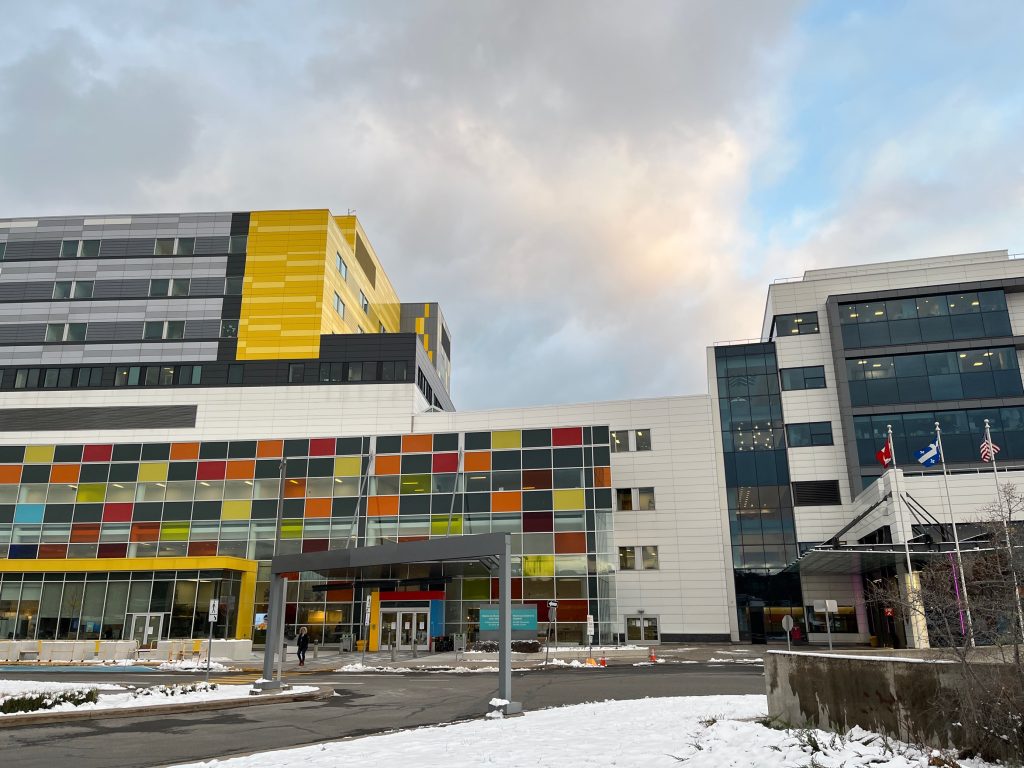Montreal Children’s Hospital, McGill find how nervous system pain affects children

Posted May 18, 2023 2:41 pm.
Researches from the Montreal Children’s Hospital (MCH) and the Research Institute of the McGill University Health Centre (RI-MUHC) have documented how nociplastic pain affects children.
Nociplastic pain is pain that is experienced despite no evidence of tissue or nervous system damage.
“Nociplastic pain is notably present in people with fibromyalgia, complex regional pain syndrome and irritable bowel syndrome,” says study co-lead author Dr. Pablo Ingelmo in a statement. “While first identified in adults, it had never been described in children.”
In 2016, the researchers became the first in Canada to analyze the nociceptive system in all patients, which has since lead to researching pain affects.
“Thanks to this analysis and our research, we can now identify children and adolescents with nociplastic pain and treat them accordingly,” adds Dr. Ingelmo, who is also an associate investigator in the Child Health and Human Development Program at the RI-MUHC. “The result is fewer drugs, fewer side effects, lower costs and, most importantly, happier patients.”
Through the research, the team was able to discover various symptoms associated with nociplastic pain.
“The team was able to identify the clinical and biopsychosocial characteristics of children and adolescents with nociplastic pain, as well as the clinical outcomes of their care. They found that these children had more symptoms of panic disorder and social phobia, and poorer sleep quality than children with other types of pain,” said the MCH in a statement.
Dr. Ingelmo says at least 75 per cent of patients experience adverse effects from medications within the first month of treatment.
“One-third will continue to suffer from chronic pain into adulthood, making it important to properly identify the pain mechanism at work and provide appropriate treatment,” says Dr. Ingelmo.
This lead to the research team developing a new treatment protocol, based on each patients’ individual needs.
“Because we can now determine how each of our young patients feels pain, we can personalize treatments and avoid giving them inappropriate and unnecessary medications. This is the culmination of a long process that we have put in place and that has paid off,” says Catherine Ferland, co-lead author of the study.



